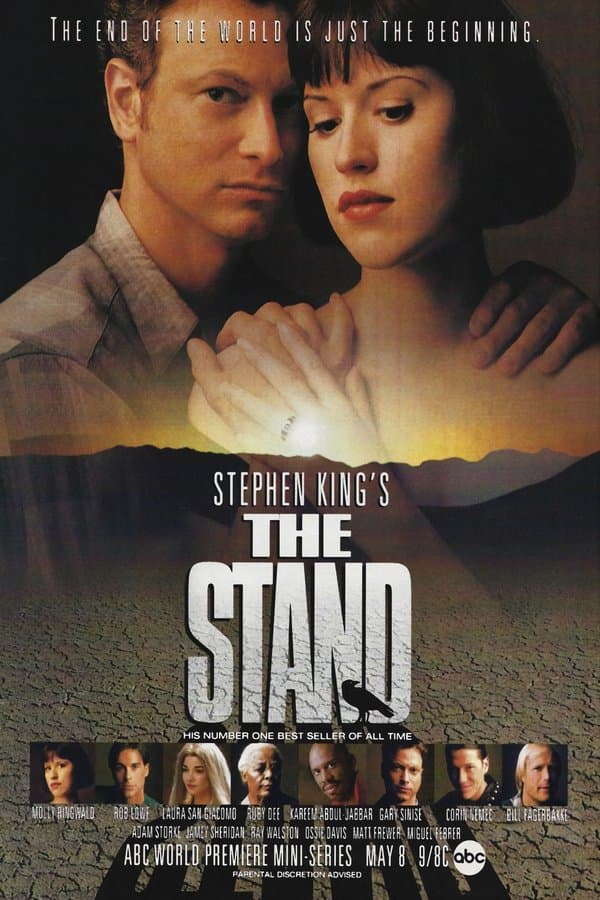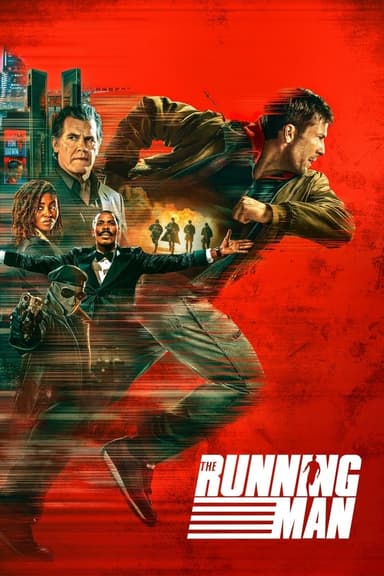
The Stand
1994 • Fantasy, Horror, Science Fiction
After a deadly plague kills most of the world's population, the remaining survivors split into two groups - one led by a benevolent elder and the other by a malevolent being - to face each other in a final battle between good and evil.
Runtime: 5h 59m
Why you should read the novel
Stephen King's novel The Stand offers an immersive and richly detailed journey that simply cannot be replicated on screen. The world-building, character backstories, and shifting perspectives draw you deep into an epic tale of survival, hope, and moral conflict. King's prose allows readers to experience the terror of a world devastated by a superflu, while also exploring the resilience and complexity of the human spirit.
By reading the book, you gain access to nuanced character development and internal struggles that are often lost in adaptation. The story explores not only the apocalyptic aftermath, but also the motives and personal journeys of iconic characters like Stu Redman, Frannie Goldsmith, and Randall Flagg. The depth and breadth of King's vision make the novel a truly unforgettable experience.
Furthermore, the book's themes of free will, faith, and the battle between good and evil are interwoven into every page. The added layers of psychological and philosophical complexity make reading The Stand a mind-expanding journey. Every character arc, subplot, and twist is a testament to King’s masterful storytelling and offers far more depth than the miniseries can capture.
Adaptation differences
One major difference between the 1994 miniseries and the original novel is the scope and scale of the story. The book delves more deeply into the pre-apocalypse world, giving readers a broader context for the catastrophic aftermath of the superflu. Important subplots and minor characters in the book are trimmed or reimagined for the limited runtime of the television adaptation, resulting in a less complex narrative.
Many character arcs are simplified or altered in the miniseries. For instance, the inner turmoil and relationships of key characters such as Larry Underwood, Nick Andros, and Nadine Cross receive less attention or development. Some of the subtler elements of King's psychological and spiritual explorations, vital to understanding the characters, are lost or condensed in translation from page to screen.
There are also notable differences in how certain scenes are portrayed or omitted. The violence and terror described in the book are often toned down due to network television constraints, impacting the overall intensity and mood. Additionally, pivotal moments—such as the dream sequences and the travels across a devastated America—are less vivid, missing the atmosphere and introspection that reading allows.
The ending is another area where the adaptation diverges. The miniseries necessarily shortens and simplifies the climax and aftermath, removing some of the ambiguity and moral questioning present in the book's conclusion. King's narrative style and thematic depth, particularly his exploration of sacrifice and redemption, are best experienced in the original novel, which offers a much more profound reckoning with humanity’s fate.
The Stand inspired from
The Stand
by Stephen King









